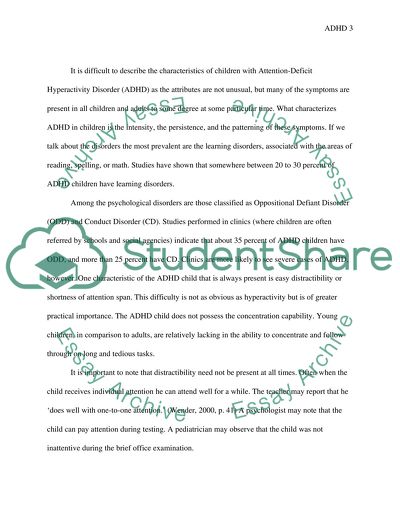Cite this document
(“Effects of ADHD Across Childhood, Adolescence, and Adulthood Research Paper”, n.d.)
Effects of ADHD Across Childhood, Adolescence, and Adulthood Research Paper. Retrieved from https://studentshare.org/psychology/1534210-attention-deficit-hyperactivity-disorder-essay
Effects of ADHD Across Childhood, Adolescence, and Adulthood Research Paper. Retrieved from https://studentshare.org/psychology/1534210-attention-deficit-hyperactivity-disorder-essay
(Effects of ADHD Across Childhood, Adolescence, and Adulthood Research Paper)
Effects of ADHD Across Childhood, Adolescence, and Adulthood Research Paper. https://studentshare.org/psychology/1534210-attention-deficit-hyperactivity-disorder-essay.
Effects of ADHD Across Childhood, Adolescence, and Adulthood Research Paper. https://studentshare.org/psychology/1534210-attention-deficit-hyperactivity-disorder-essay.
“Effects of ADHD Across Childhood, Adolescence, and Adulthood Research Paper”, n.d. https://studentshare.org/psychology/1534210-attention-deficit-hyperactivity-disorder-essay.


